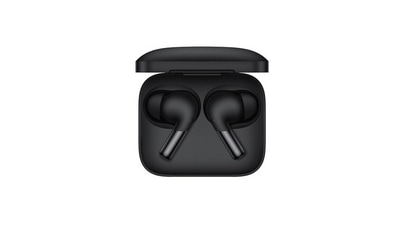Terrifying asteroid racing towards Earth, says NASA
Beware! This terrifying asteroid is hurtling towards Earth today, October 18.
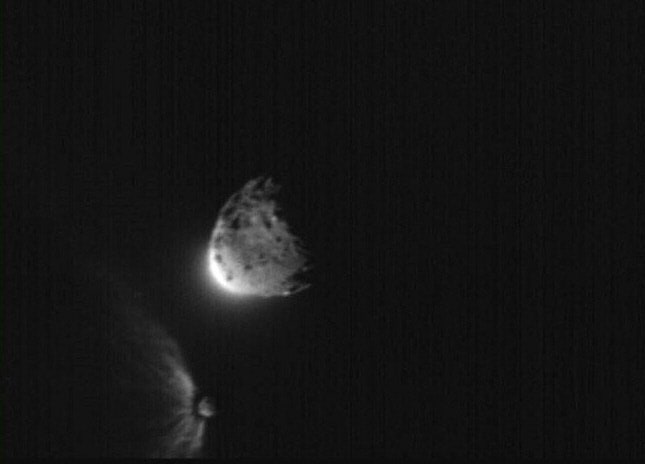
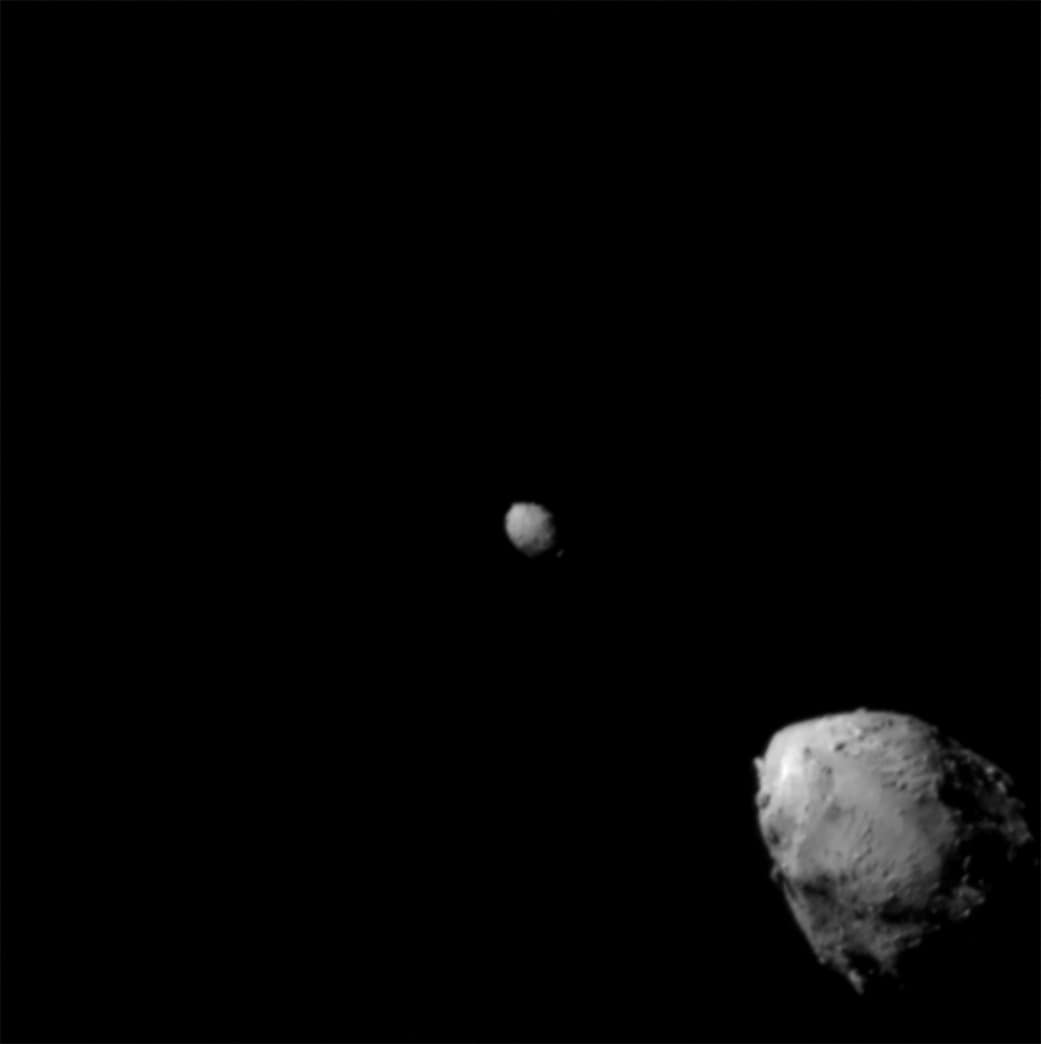
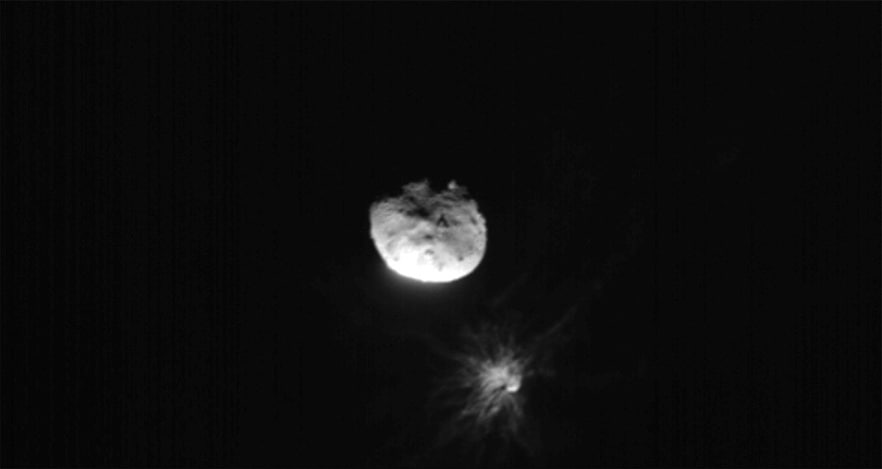
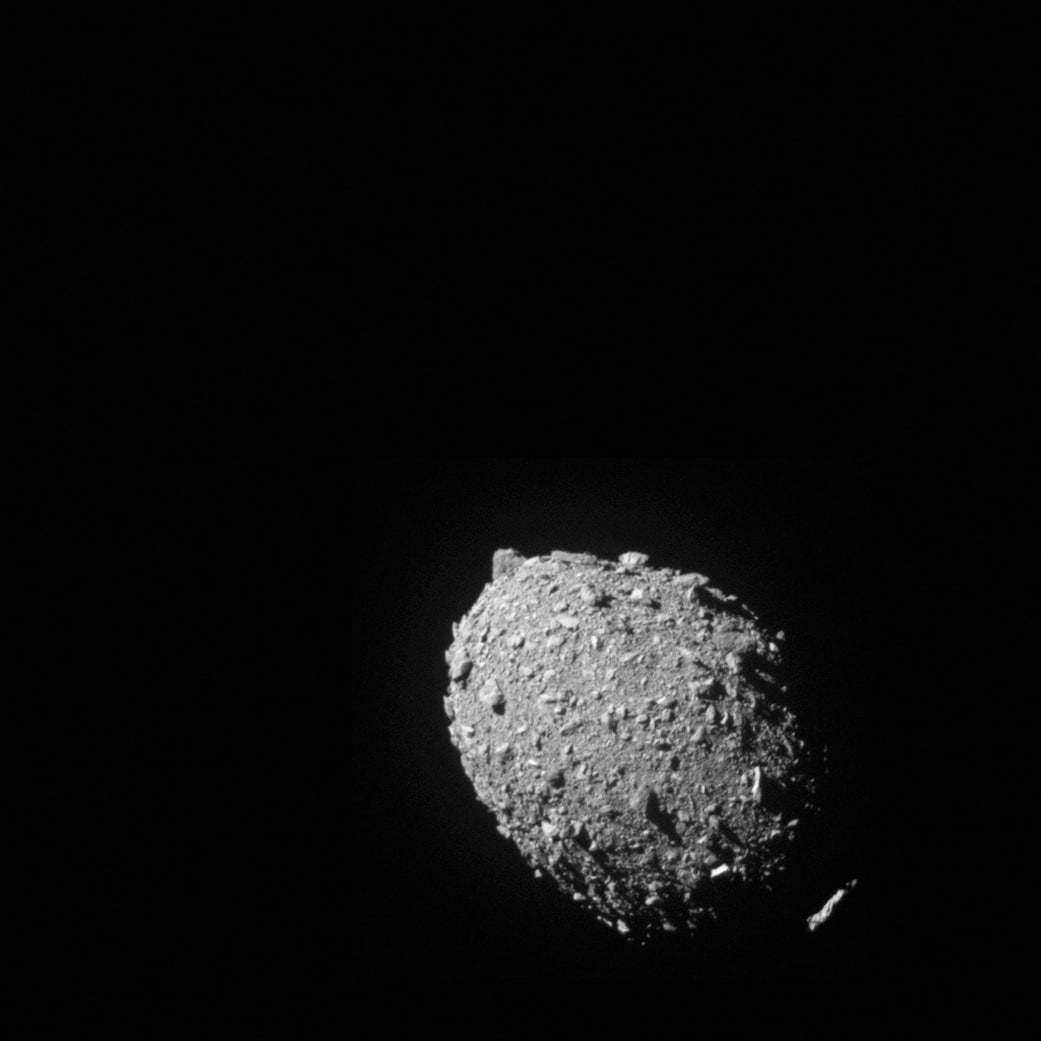
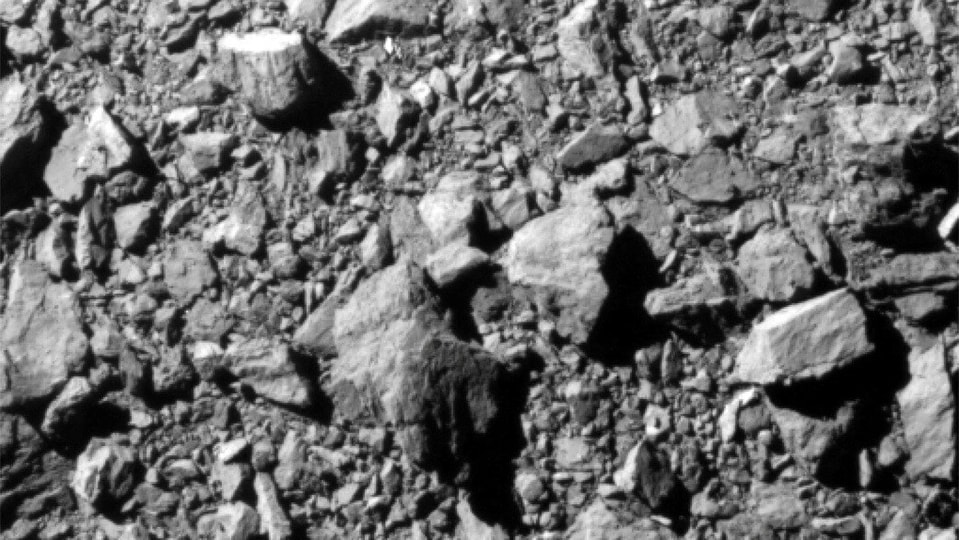
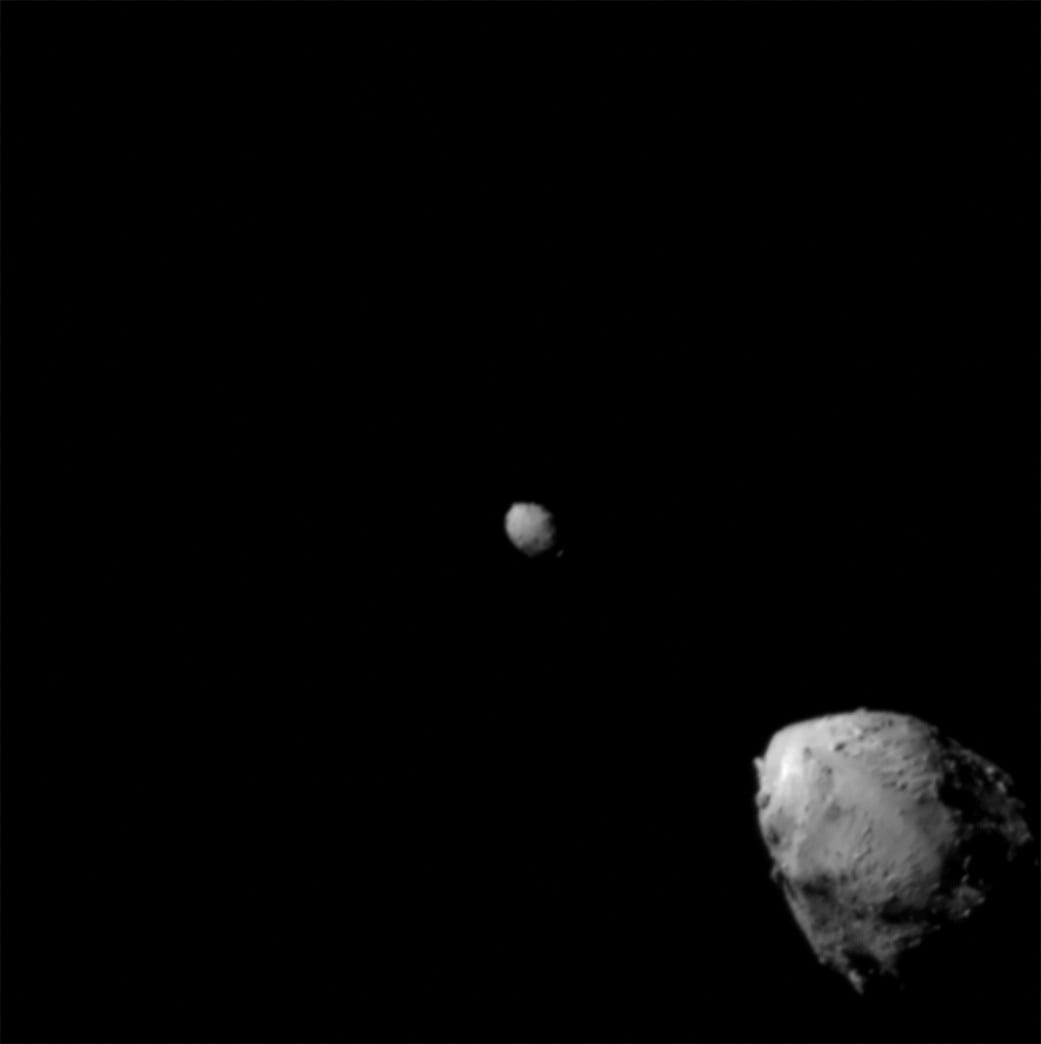
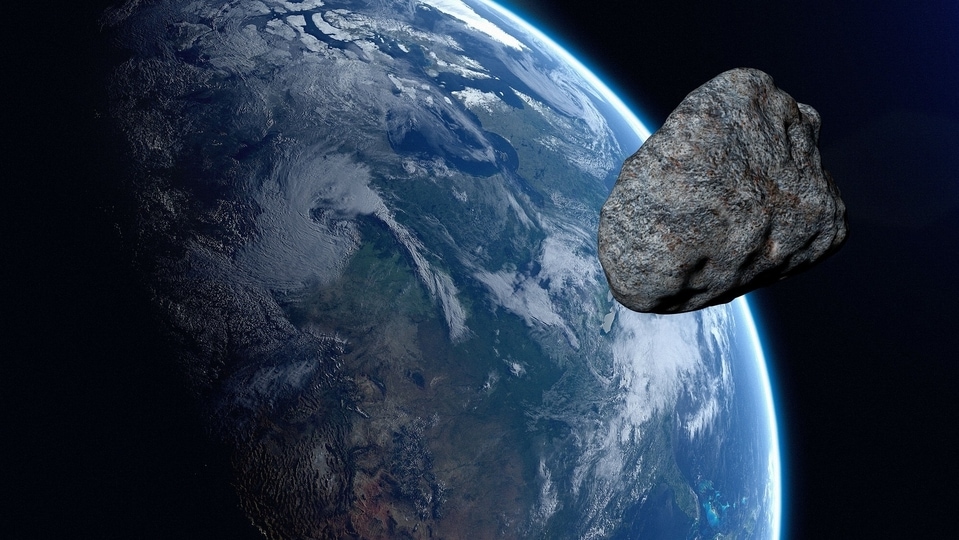
 View all Images
View all ImagesAsteroid flybys have been very frequent these past few months with over 35 asteroids passing by in the months of August and September each, and October is likely to surpass this number. 2 asteroids passed by Earth very closely yesterday, missing the planet by just millions of kilometers and astonishingly, 2 more asteroid flybys are expected today.
Key details about Asteroid 2022 UB
A huge asteroid with a width of nearly 58 feet will fly past Earth by a very close margin today, October 18. The asteroid, named Asteroid 2022 UB, will make its closest approach with the planet at a distance of 3.9 million kilometers. The asteroid is travelling towards the planet at a blistering speed of 28152 kilometers per hour! Although Asteroid 2022 UB is not expected to impact the Earth, it was still classified as a Potentially Hazardous Object due to the close proximity by which it passed Earth. A slight deviation in the asteroid's path due to interaction with the planet's gravitational field could change its trajectory and send it hurtling towards the Earth.
According to the-sky.org, Asteroid 2022 UB belongs to the Amor group of asteroids. The asteroid orbits the Sun and takes 715 days to complete one trip. During this orbit, its maximum distance from the Sun is 315 million kilometers and its nearest distance is 153 million kilometers.
Did you know?
Dinosaurs which roamed the Earth millions of years ago were wiped out because of an asteroid. Now, scientists have located the place of impact of the asteroid which caused an extinction-level event. The dinosaur killing asteroid was between 10.6 and 80.9 km in diameter and crashed on Earth near the Yucatán Peninsula in Mexico more than 65 million years ago.
This asteroid terraformed the Earth suitable for the emergence of humans. The impact would've caused the formation of huge tidal waves and an impact crater almost 140KM wide. Further, it would've caused the land material to splatter into space, changing the Earth's environment into nuclear winter-like conditions.
Catch all the Latest Tech News, Mobile News, Laptop News, Gaming news, Wearables News , How To News, also keep up with us on Whatsapp channel,Twitter, Facebook, Google News, and Instagram. For our latest videos, subscribe to our YouTube channel.































